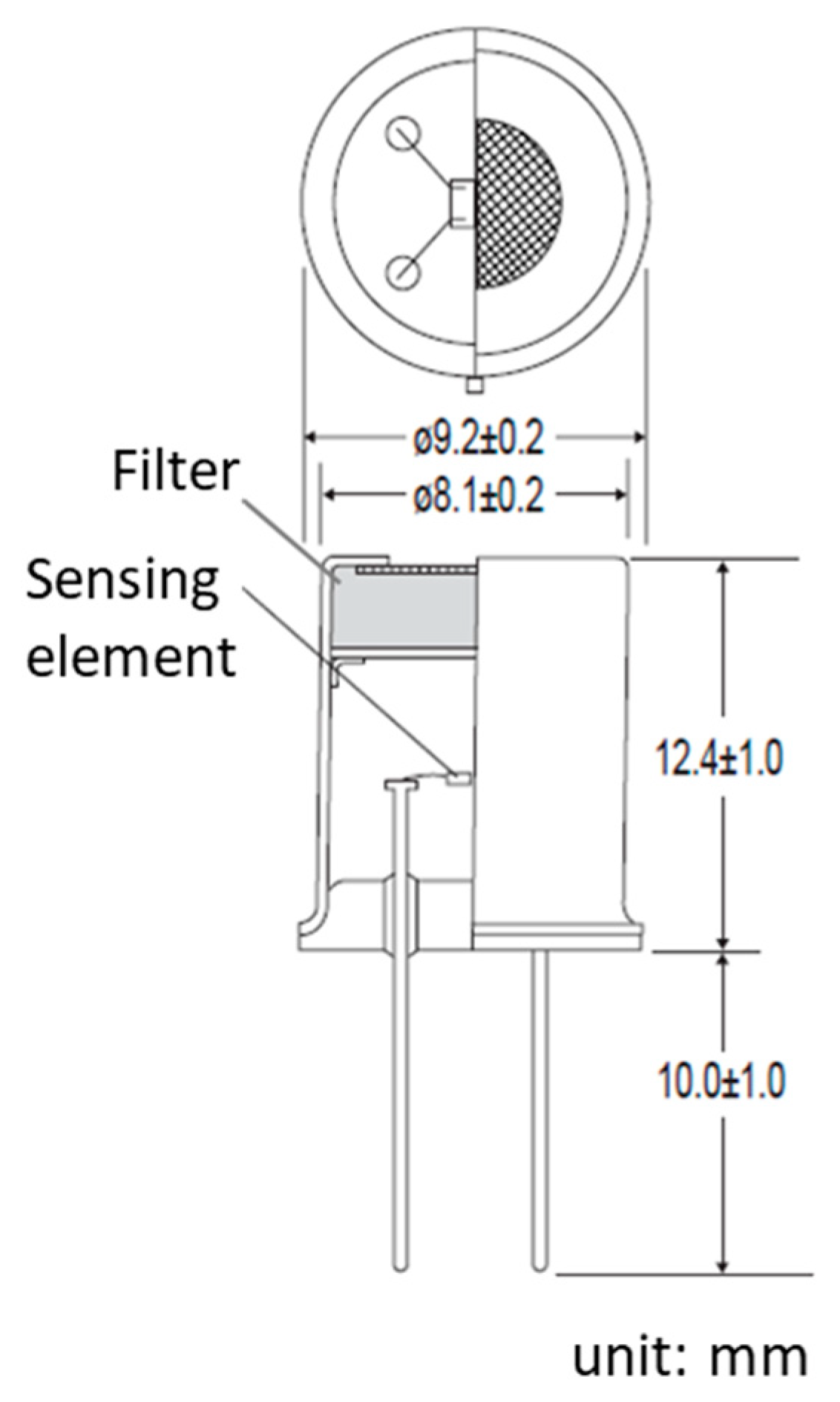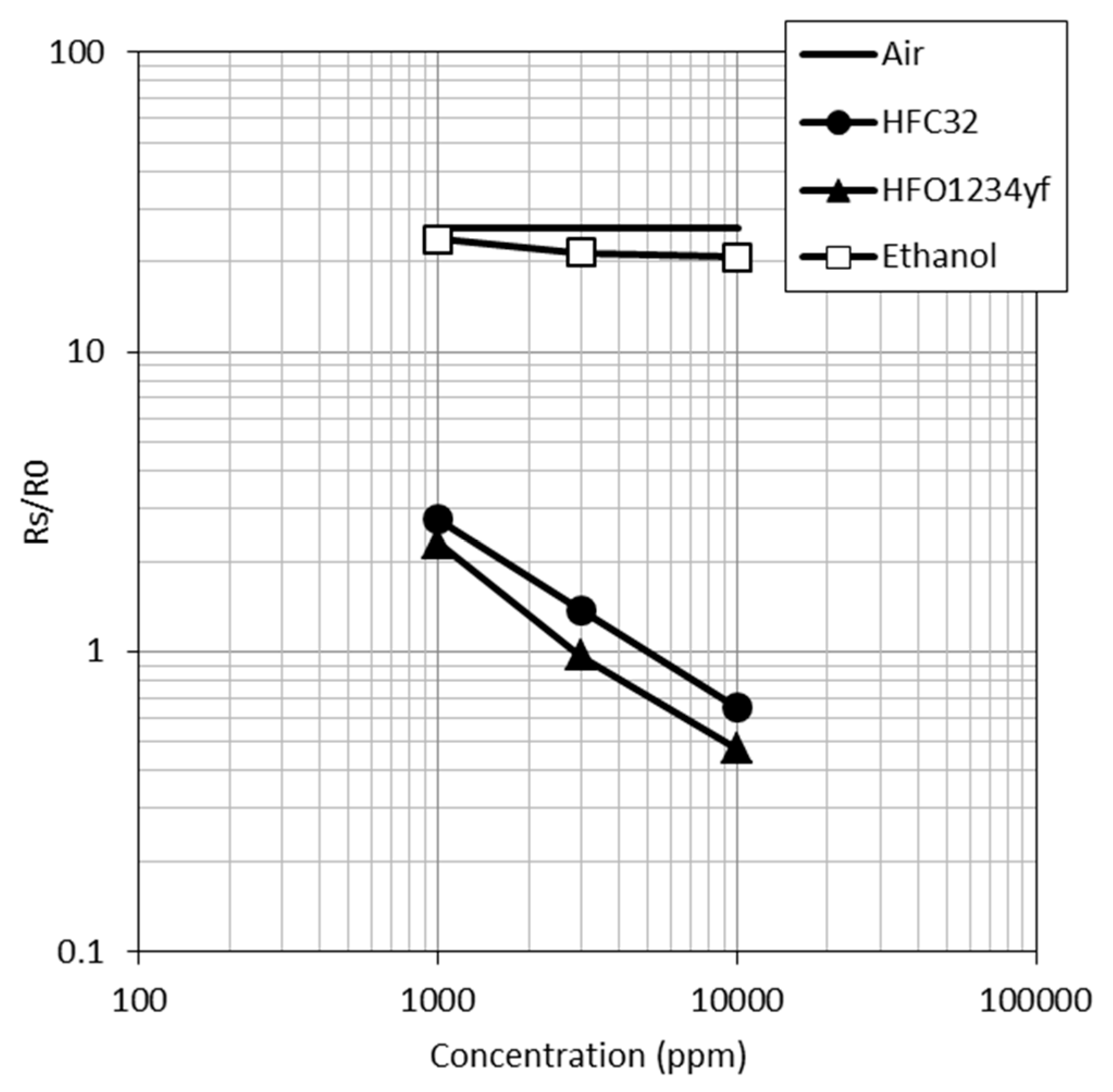The Montreal Protocol on Substances that Deplete the Ozone Layer entered into force in 1989. Since then, replacement of the ozone depleting refrigerants, chlorofluorocarbons (CFCs) and hydrochlorofluorocarbons (HCFCs), with non-chlorine refrigerants, hydrofluorocarbons (HFCs), is seen progressing globally. HFCs have no destruction effect on the ozone layer; however, they are greenhouse gases which have global warming potentials. The Kigali Amendment to the Protocol, which requires gradual reduction of the production and consumption of HFCs in carbon dioxide equivalent (CO2e), was adopted in 2016. The amendment requires a 10% reduction of HFCs in CO2e from the baseline from 2019 and a 40% reduction from 2024 of economically developed countries. The baseline is calculated from the relevant data in 2011, 2012 and 2013. The amendment has generated a need for immediate actions by manufactures which produce equipment that uses refrigerant. One of the major refrigeration and air conditioning equipment manufacturers, Daikin, states on their website that difluoromethane (HFC32) is the most balanced refrigerant in eco-friendliness (low Global Warming Potential (GWP) value), energy efficiency, safety and economic efficiency for both residential and industrial air conditioners. In a conference hosted by the Japan Refrigeration and Air Conditioning Industry Association (JRA) in August 2017, Daikin described that HFC32 would make a huge contribution to the achievement of the phasedown timeline of the Kigali Amendment. HFC32 is a promising refrigerant; however, it is classified as a lower flammability substance according to ISO817. There is a trade-off between GWP and flammability of refrigerant gases. Refrigeration and air conditioning equipment manufacturers have been seeking for solutions to ensure safety in using flammable refrigerants. Especially, equipment which uses a large amount of flammable refrigerant, such as multi split air conditioners, is required to have a function to detect refrigerant leakage in accordance with the technical standards, such as JRA4068 and IEC60335–2-40.
For the refrigerant leakage detection, there are two candidate gas sensors in detecting principle, nondispersive infrared (NDIR) gas sensor and metal oxide semiconductor (MOS) gas sensor. While NDIR gas sensors have high accuracy, they are less affordable. Figaro believes that low cost MOS gas sensors are more suitable for the refrigerant leakage detection. Regarding the accuracy, the detection systems require gas sensors to work as a switching device as used in residential gas alarm application, for which MOS gas sensors have been used for almost fifty years, not as a measuring device for indication of gas concentrations.
Figaro has developed a refrigerant gas sensor, TGS2630, to which SnO
2-based sensing material is applied by screen printing method. The structure of TGS2630 is the same as that of Figaro’s conventional sensors which are widely used for residential gas alarms, implying TGS2630 has an excellent advantage in cost and productivity (
Figure 1). Typical sensitivity characteristics of the sensor are shown in
Figure 2. The sensor has a high sensitivity to HFC32 as well as to 2, 3, 3, 3–tetrafluoro–1-propene (HFO1234yf). HFO1234yf is also classified as a lower flammability substance, but has a very low GWP value. In addition, a filter set underneath the gas inlet reduces the influence of ethanol vapor which is a typical example of the interference gases may exist in our daily living environment. In this presentation, TGS2630 will be introduced with its sensor performances in more detail.





